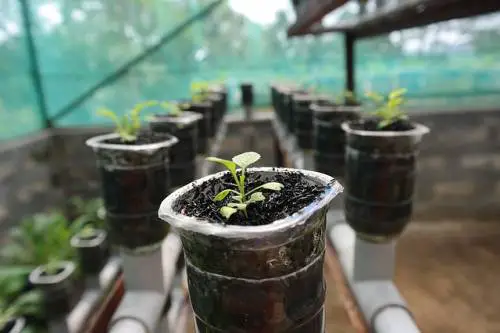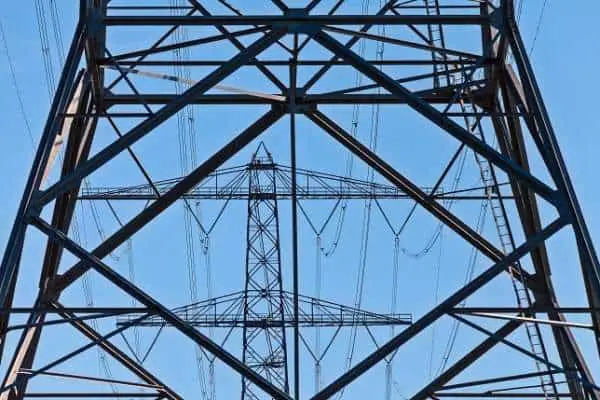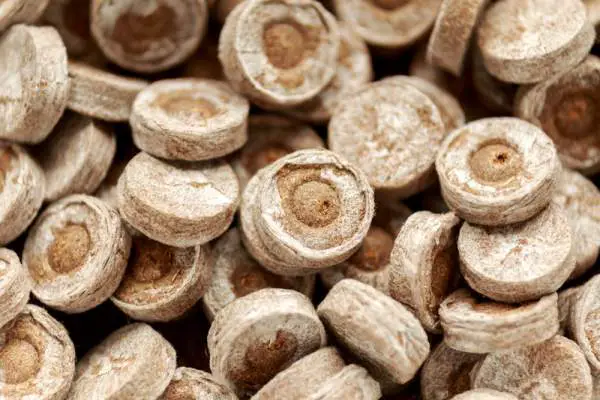Hydroponic growers have many things to consider. First is the type of system they will be using, what are the best nutrients, and are they growing indoors or outdoors. All of this can create an intricate balance to make sure plants receive the best of everything. One factor, which might be overlooked, is the pot size, and how it affects plant growth.
Does pot size matter in hydroponics? Yes, pot size does matter in hydroponics. Incorrect pot size can hamper growth, and bigger isn’t always better. There are different pot construction types; and other factors like temperature, space, and most of all the plants themselves to consider.
If you are struggling to know how to choose the correct size and type of pot for your plants and your system, carry on reading the information below so you can quickly select the right size and type of pot for maximum plant growth and health.
Choosing and Using the Best Net Pots
Determining Factors for Pot Size
To make sure plants are presented with the best opportunity to flourish, there needs to be a delicate juggling act by the grower in three distinct areas. When these are combined, they all help determine net pots sizes to be used throughout plants growing cycles.
Space – This will be determined by the type of hydroponic system. Indoor hydroponics systems can have reduced area compared to outdoor systems. Not only would these restrictions be overall floor space, but height is something else to consider. When you have a height restriction, you will need to use shorter pots, and this equates to shorter plants.
Temperature – This variable catches many growers out when they are first starting. If you are growing indoors and using HID grow lights, or your plants are in an area of direct sunlight, you could find your pots drying out too quickly. To solve this, you might need to increase your flood time in an ebb and flow system, or you can opt for a drip irrigation system to prevent drying. On the other end of the scale, you have areas that are cooler. Larger pots can remain too moist, and with this comes suffocation and rotting of the roots.
Plants – Your plants will be one of the most distinct areas that dictate pot size. If you are planting seedlings or cuttings, then pot size will be much smaller than when they are healthy growing plants. At this early stage, pots of around 4-inches are sufficient, and once their roots are taking hold, you can transplant up to pots of 6-12 inches to encourage fast root growth.
Basics of Growing Pots and Why Size Matters
All forms of gardening that use growing pots fall under the same rules. Growers will pot up their plants into a smaller container, and then transplant them as they grow.
In hydroponics, the only difference is, this process of potting up is used to encourage plant growth, and also maximize growing space. Once nutrients hit the growing media, they need to spread across the surface so plants can absorb all they need. At this point, pot size comes into play for two reasons.
A pot that is too small will mean plants can be standing in waterlogged growing media for an extended period. This is not good, and roots can suffocate, and then if left, they can start to rot. Pots that are too large allow the nutrient solution to evaporate before the plant has a chance to absorb all the nutrients it requires fully.
Root growth is dramatically affected by pot size, and this is where transplanting helps with faster growth. Roots spread across pots in an outward fashion rather than searching downward, and because they are in containers, they quickly hit the side and can’t go any further. At this point, they circle back on themselves and start bunching up. Plants become root bound, and can’t take up nutrients in an efficient manner which leads to stunted growth.
In larger pots, roots tend not to seek out the sides of the pot, and their root growth becomes limited, again this prevents plants from growing to their maximum because nutrients have further to travel before reaching the plant.
Using Different Size Net Pots in a Hydroponic System
Once you have a hydroponic system, there is a limit to how many pots you can use for the space you have available. This can be even more restrictive if you are growing indoors and using grow lights. A simple formula can help to determine pot sizes you can use for a specific space.
The growing light can be the starting point, and for each 600W of light, you should use 50-60 liters of growing media. This can be sufficient for pots that will be placed in a 1.2 meter squared growing bed. For a bed of this size, you can use the following as a guide as to what pot sizes will fit into this area.
- 6 x 10L (3 gallons) growing pots
- 4 x 15L (4 gallons) growing pots
- 2 x 30L (8 gallons) growing pots
- 1 x 60L (16 gallons) growing pot
As you can see, all of the above reach 60 liters (16 gallons) of growing media. Now, we need to look at how this will equate to your plant size, so they obtain the maximum amount of benefits. A growing pot should be 1 gallon for each foot your plant grows in height. Looking at the above information, a 3-gallon pot is suitable for a plant that is no more than feet in height. When gardening indoors, most of your pot sizes will be 3 or 4 gallons in size.
For outdoor growers, net pot size needs to be considered due to atmospheric evaporation. When a pot holds the right-sized plant, you can water less often. However, when a plant isn’t large enough, the roots won’t seek out the pot, and you will waste both growing media and nutrient solution because it evaporates before reaching the plant’s limited number of roots.
Perched Water Tables and Pot Drainage
Because of the way hydroponic gardening works, nutrients and water are fed to plants at set intervals using a hydroponic timer. As a result, the pot’s drainage needs to be sufficient to allow time for oxygen to reach the roots. Net pot shape or size has no bearing on how adequate nutrients enter or leave the growing pots; all this is down to the growing media you are using.
When a pot drains between fill cycles, there will always be a section at the bottom that remains saturated, this is known as a perched water table. Something many growers are unaware of is, water isn’t evenly distributed through a growing pot. There are capillary action and adhesion where water is attracted to particles. Because of these two factors, water defies the forces of gravity when draining (matric potential), and these forces increase the lower you go down the pot.
Pot height has a bearing on the air to water ratio, and regardless of pot size, these perched water tables will be the same when the same growing media is used. Depending on growing media in use such as coco coir, some growers add pebbles to the lower portion of their pots to aid drainage. The principles of perched water tables mean this situation isn’t resolved, and what actually happens is the perched water table level is raised.
This addition of pebbles can prevent run-off from being sucked back into growing pots by the natures of capillary action, and this in itself helps plants get the oxygen they need.
Smart Pots and Air Pots
Net pot size is crucial, and aside from wasting hydroponic nutrients from oversized pots, it is healthy root growth that is the most critical. Plants that don’t seek out the pot, or become root bound will not grow to their potential. There have been a few innovations in pot design, and these can significantly help with crop yields.
Smart pots – These pots are made of a porous fabric that allows nutrients to flow in and then drain excess water. Water travels by capillary action from the wetter parts to drier parts, so there is less chance of perched water tables causing problems, and roots have the opportunity to grab the oxygen they need.
Other areas these Smart Pots can benefit is from air-pruning. Roots reach the side of the pot and stop, they no longer circle back on themselves and become root bound, but the plant sends out new feeder roots, these absorb nutrients faster which leads to larger healthier plants. If there is a downside, it could be larger plants might need additional support.
Air pots – These plastic pots have been developed over a decade, and their primary goal is air-pruning. The sides are constructed in a cone-shaped fashion which encourages roots to seek out the pot. Once they hit the side, they are air-pruned, and then new feeder roots are sprouted by the plant. Air Pots builds on the features of Smart Pots and can increase yields by significant quantities.
If there were a downside, it would be highly efficient draining the pots have, so you might find you need to water more frequently.
Although these pots can drastically improve your plants, the same rules of pot size should be followed, but with efficient air-pruning, slightly smaller pot sizes can be used to no detriment of your plant’s health.
Related Questions
Do Plants outgrow their pots?
Roots, which are starting to grow out of the drainage holes, are the first sign of a pot-bound plant. Healthy plants will outgrow their pots, and the best way to reinvigorate growth is to transplant your plant into one that is two to four inches larger in diameter.
How high does water go in flood and drain system pots?
Once you set your system, fill each pot three-quarters full of growing medium. You should run the system until the water reaches the level of your growing media. This should be the maximum water height. If water rises above this level, add more growing medium before adding plants.
Can you reuse smart pots?
Smart pots are reusable once growing cycles or transplants have been completed. Before reusing a smart pot, they should be thoroughly washed and cleaned. The most important thing any gardener should do is make sure the pot is thoroughly dry.





